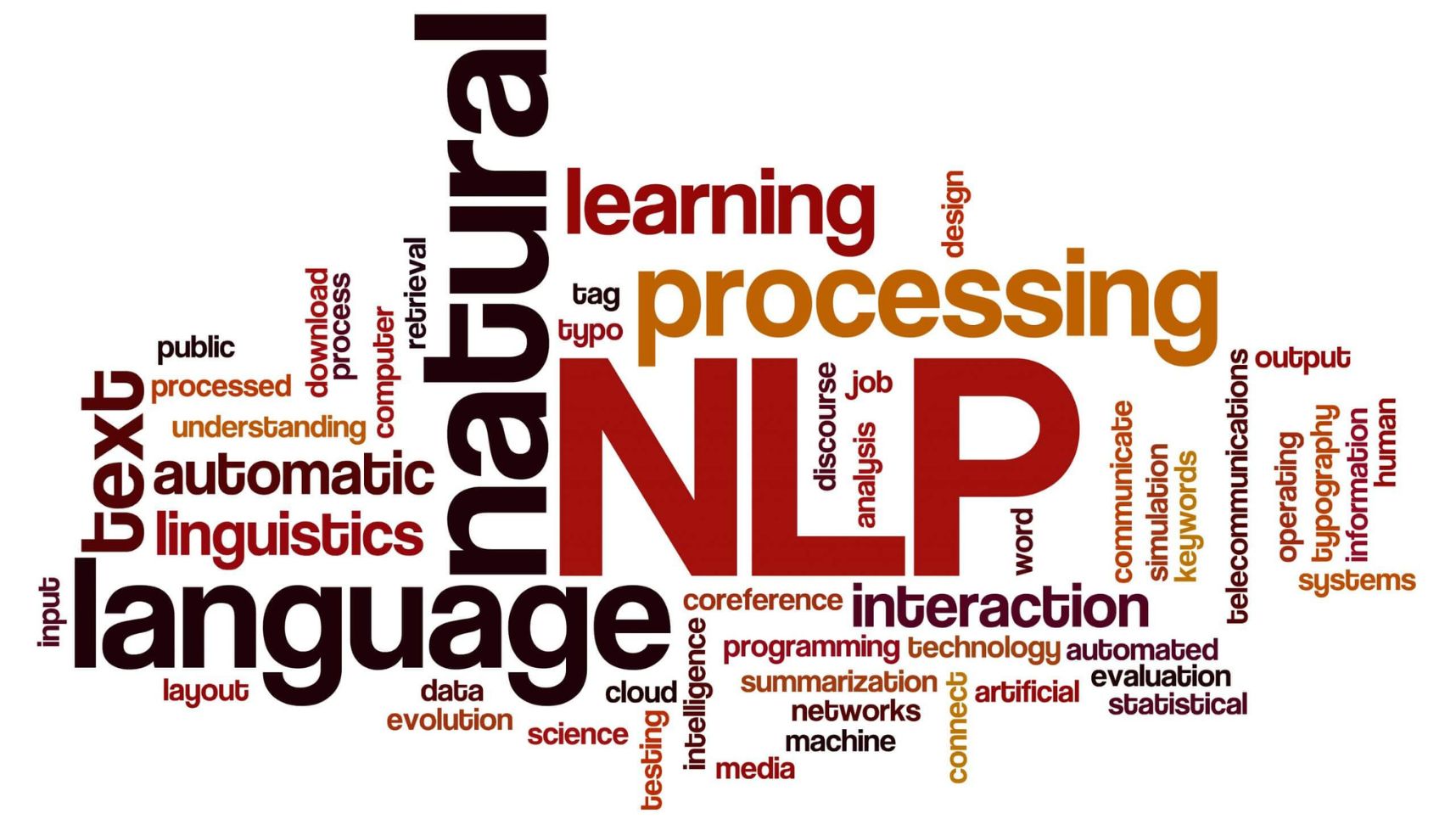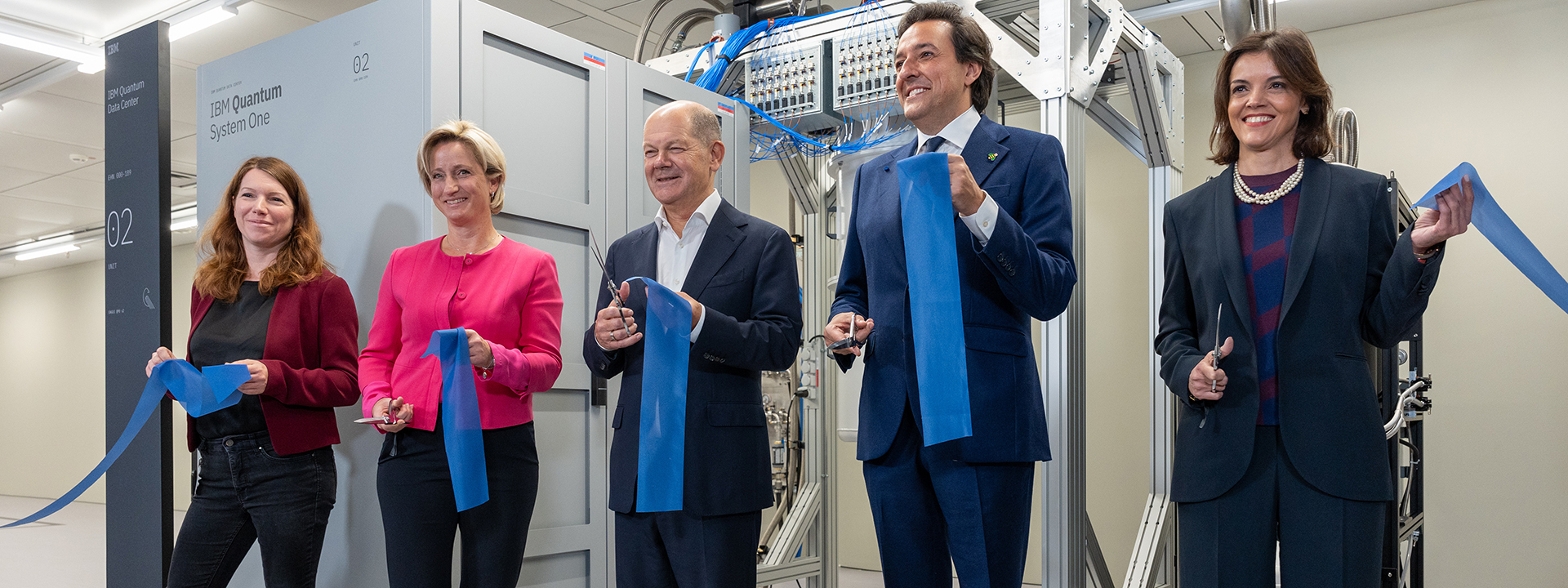
Enhancing Tool Usage in Large Language Models
Developing large language models (LLMs) in artificial intelligence, such as OpenAI’s GPT series, has revolutionized various sectors. These models are pivotal for generating contextually rich text outputs, enabling applications from automated content creation to intricate customer service interactions. However, integrating LLMs with external tools poses a challenge: the precision of tool utilization requires enhancement for these models to reach their full potential.
The Challenge of Tool Usage Precision
Current statistics, including those from advanced models like GPT-4, highlight a gap in tool usage correctness rates, underscoring the need for improved methodologies in tool-augmented LLM applications. While efforts have focused on expanding the toolset available to LLMs, the accuracy of tool utilization remains a critical aspect. Ensuring precise tool usage is vital as LLMs undertake tasks with tangible impacts, where inaccuracies could lead to adverse outcomes.
“The accuracy of tool utilization is crucial as LLMs venture into executing tasks with tangible impacts, escalating the stakes of accurate tool usage.”
Introducing Simulated Trial and Error (STE)
Researchers from Ohio State University and Microsoft Semantic Machines have introduced Simulated Trial and Error (STE), a method inspired by cognitive learning processes observed in humans and intelligent organisms. This innovative approach aims to enhance LLMs’ mastery over tools through a process resembling human learning, incorporating imagination, trial and error, and memory. By iteratively using tools and learning from feedback, LLMs can refine their approach, significantly improving accuracy.
 Image for illustrative purposes
Image for illustrative purposes
The Mechanism of Simulated Trial and Error
At the core of STE is a dual-memory system comprising short-term and long-term components. The short-term memory enables LLMs to learn from recent trials, refining their tool usage strategies promptly. In contrast, the long-term memory component accumulates past experiences, guiding LLMs in long-term learning and knowledge application for future interactions. This sophisticated memory framework enhances LLMs’ nuanced and effective tool usage.
Efficacy of Simulated Trial and Error
Rigorous testing on the ToolBench platform has demonstrated significant improvements in tool usage accuracy among LLMs augmented with STE. These models have surpassed traditional benchmarks, showcasing superior performance in both in-context learning and fine-tuning scenarios. These results highlight STE’s transformative potential in enhancing tool-augmented LLMs’ operational efficiency, making their tool usage more reliable and effective in practical applications.
Conclusion: A New Chapter in AI Evolution
Integrating LLMs with external tools using the innovative STE method signifies a new era in artificial intelligence. This approach not only addresses the critical issue of tool usage accuracy but also opens doors to broader and more impactful LLM applications across diverse sectors. With its biologically inspired learning mechanisms, the STE method contributes to the evolution of LLMs, propelling them towards greater efficiency and effectiveness in tool utilization.















